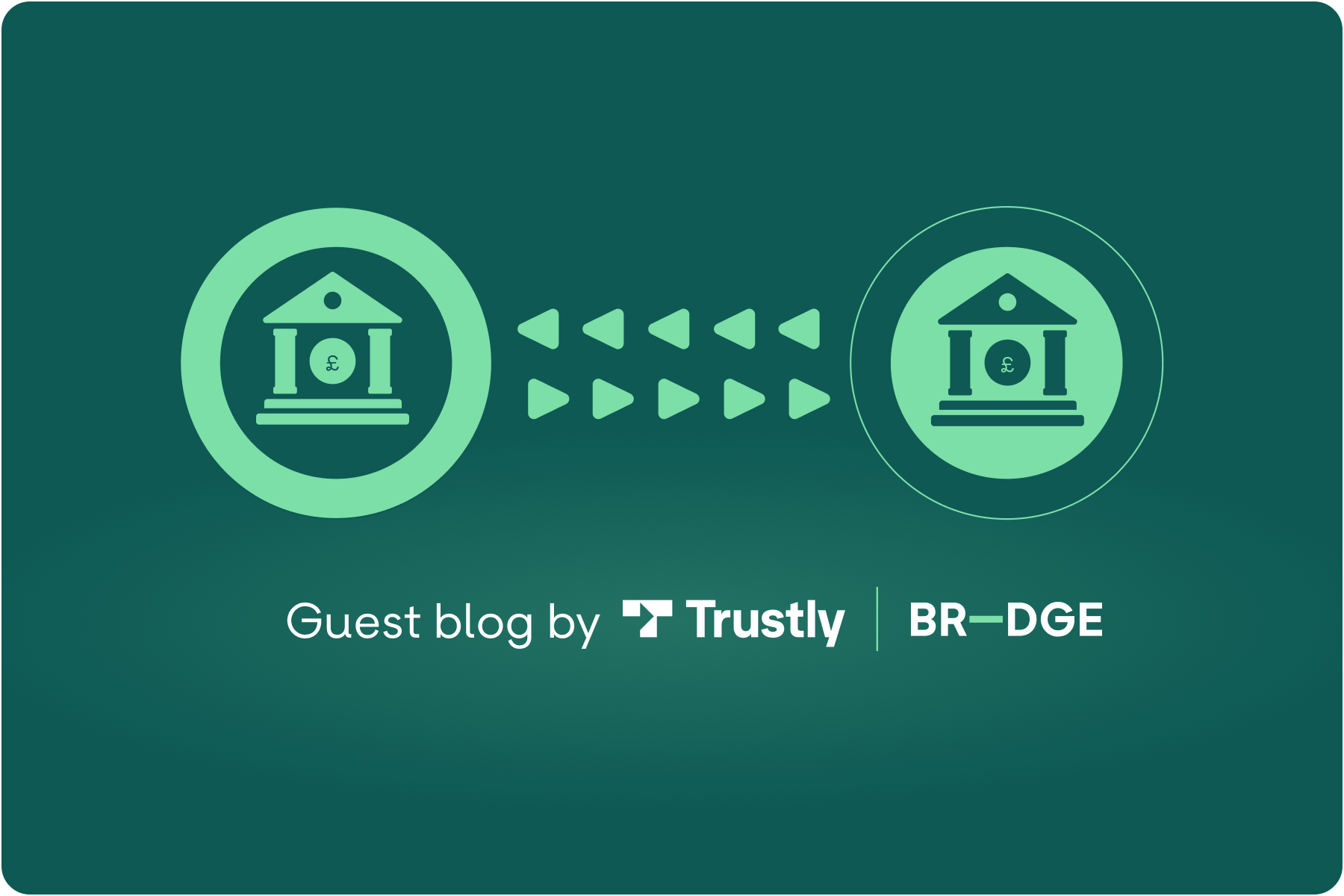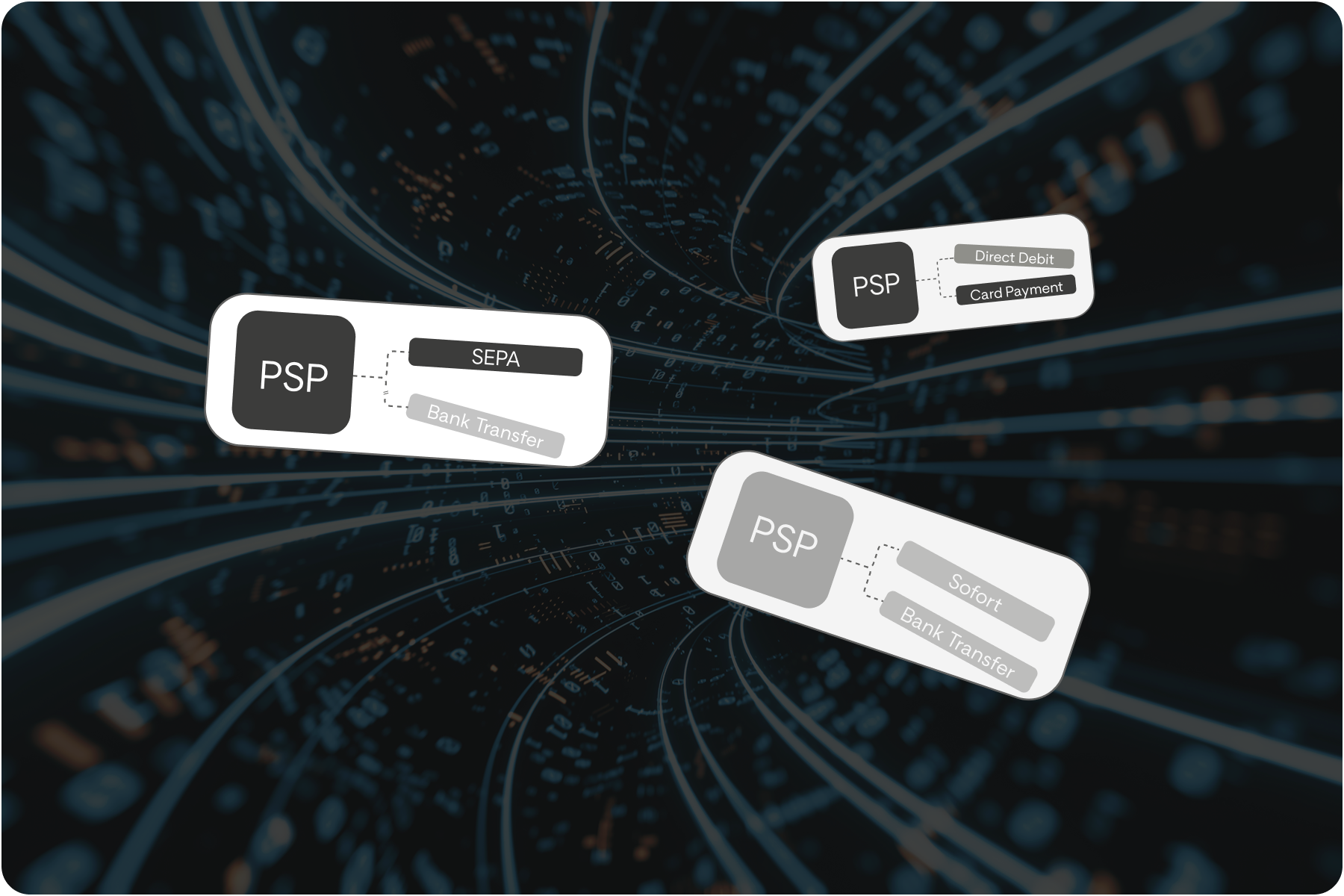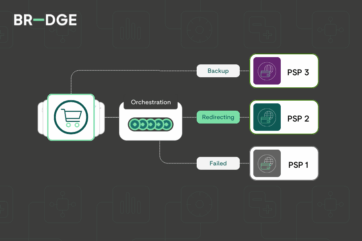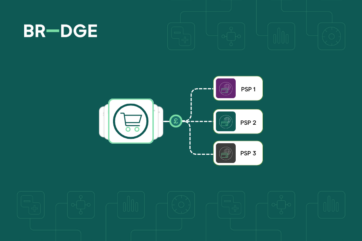
Are we heading towards a cashless society?
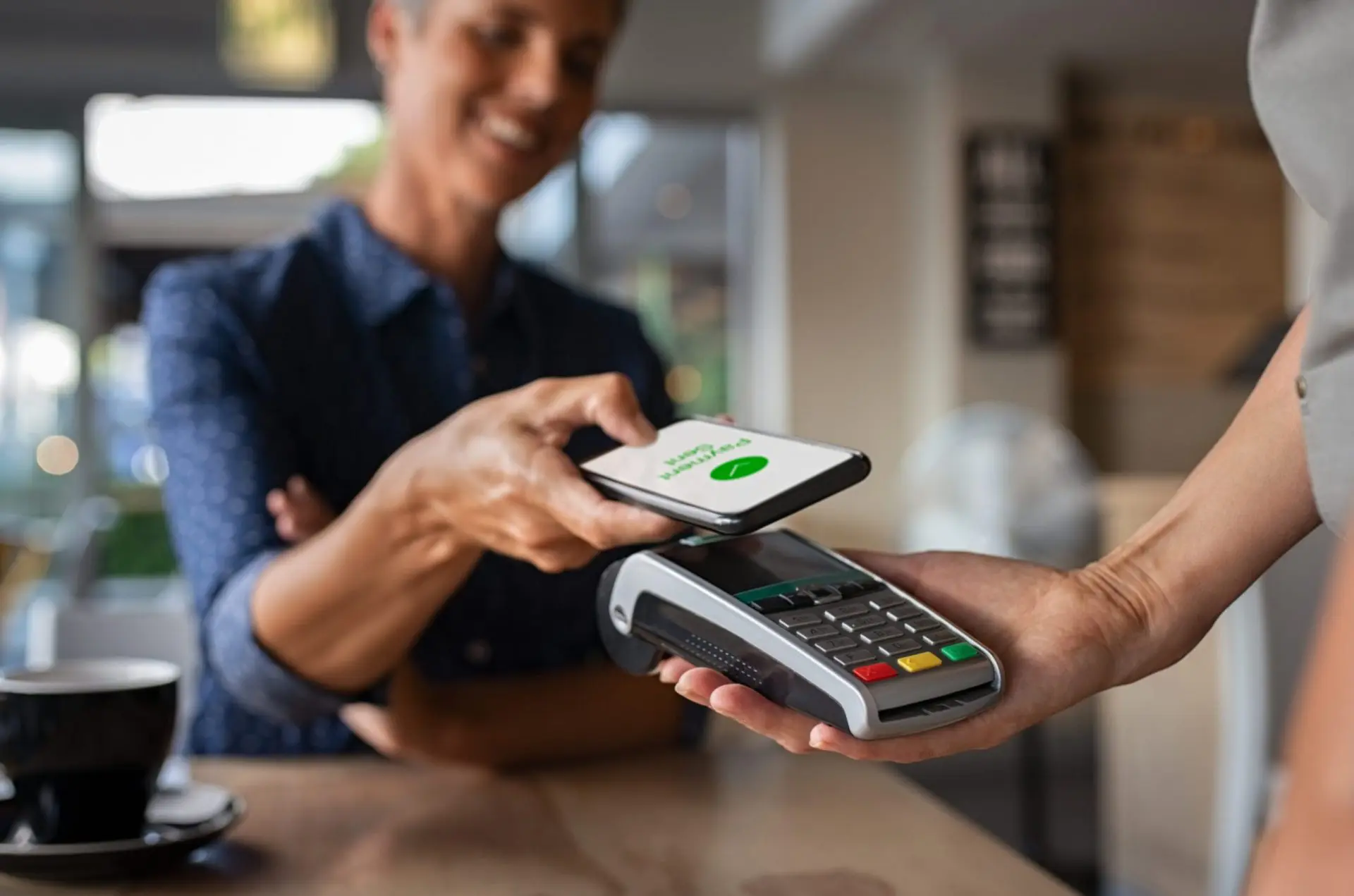
Cash has been the staple method of purchasing for a long time, but in recent years digital and card based methods have started to take the lead. Just going back a decade, the idea of a cashless society was near impossible with cash accounting for 60% of all transactions in the UK (Economist 2019). Fast-forward to 2022 and a cashless society is a tangible possibility with several countries in the world such as Sweden and India already reducing cash and actively pushing more digital payment methods.
If we look at the UK, the tipping point was actually not that long ago in 2017 when debit cards overtook cash transactions (UK finance). Since then, the trend has continued with hygiene consciousness created by Covid adding velocity on the journey to a cashless UK society. Over the last few years, the market has adapted to suit the needs and wants of the consumer. Looking at contactless within the UK for example, at the beginning of the pandemic the limit was extended to £45 per tap to reduce cash handling and increase card usage for the spread of potential Covid. Then in October 2021 the limit was pushed up further to £100.
Covid is not the only thing creating a momentum and move to greater digital adoption. There has been a huge shift towards frictionless digital payments and ease of transaction (Guardian , 2021) too, encouraging more people to spend to keep the economy going and to ensure people have easy access to goods and services, wherever they are and however they wish to shop. The latest increase in contactless spending is another signal in a move towards ease of transactions, much like certain e-wallets offering unlimited. The £100 cap now makes the UK contactless limit the highest in Europe, almost double compared to most EU countries such as Poland which has a contactless limit of just £18! (Suits Me , 2021).
This ability to spend a sizeable amount of money with a simple tap is more convenient than paying with cash and the higher limit allows this payment method to be used for most day-to-day transactions. As a result, cash usage is likely to decrease further, as we continue to maximise the convenience and ease of card or alternative payment method transactions.
Payments are becoming more and more convenient, with contactless and mobile e-wallet transactions encouraging consumers to utilise alternatives to cash for almost all day-to-day transactions. However, it is not just payments that are becoming more digitally focused, it is the entire customer journey. The nature in which we shop has completely changed with hybrid retail becoming more popular. Even traditional in-store titans, such as Primark who are rolling out click and collect services, have shifted to an online offering. The way in which consumers shop will be reflected in the ways in which they pay and the omni channel experience has created a need for more flexible payment solutions.
The idea of a cashless society is not a new one. It comes with challenges, but also many benefits in supporting a more hybrid and personalised consumer experience. Let’s explore the pros and cons.
Cashless transactions minimise friction, increase cost saving and reduce criminal enterprise
Minimising friction at the checkout
Going cashless has several benefits to both the customer and you as the merchant. One of the biggest yet overlooked benefits of going cashless is its reduction of friction at the checkout. The reason for adoption and innovation within payment methods is all about providing customers with a better experience at the point of conversion. There is limited innovation for cash payments, whereas through card or alternative payment methods you can not only offer greater ease, such as contactless, but introduce new incentives, loyalty, BNPL offerings and open banking transactions. The customers can swap effortlessly between the payment method of their choice and have a greater breadth of options. With hybrid retail on the rise, in-store purchases are beginning to receive the same treatment as online with digital payment options in store via tablets and on shop-floor merchant phones. This push is coming directly from customers who want greater optionality, one thing that cash does not offer, and could give you an edge when consumers are looking for a better payment experience.
Improving cost saving and reporting
Offering a greater breadth of cashless payment options also benefits the merchant, as you can accommodate more customers and reduce the risk the risk of human error with live till checking and in-store reconciliation, resulting in revenue being safeguarded. Even on a smaller scale savings can be made by reducing the need for a float of cash in tills. No longer are brick and mortar merchants required to maintain a float of cash for every
Financial reporting and operations are also more efficient and provide useful insight into your customer-base. With digital or card transactions, each purchase is traceable and you can centralise reporting to gather information on how to better your payment journey for your customers and deliver what they are looking for.
International expansion
A merchant’s ability to expand internationally is greatly enhanced by cashless society, as the ability to transact and settle in different currencies is streamlined and much more controllable through digital payment and card arrangements. Through offering a broader range of payment solutions, you can accommodate a wider customer base and their needs for transacting. Furthermore, through tools such as payment orchestration, you can connect with relevant payment providers for international transactions and utilise commercial leverage across your provider base to obtain the best rates.
Reducing criminal activity and fraud
By reducing cash in circulation, criminal entities will find it much more challenges to move ‘bad’ money and as a result organised crime will leave a tangible trail of their illegal activities. This makes tracking and prosecuting much more effective and will put the pressure on criminals. It also reduces the overall need for the physical infrastructure required to store and transport cash. A great example of this would be the fleets of armoured vehicles required to move money from A to B. In a cashless society this would not be needed while simultaneously reducing the risk of robbery and members of the public being put in harms way. White collar crimes such as tax evasion will also become much easier to police as a digital trail will exist for each transaction, making it harder for tax evasion activities.
However, there are challenges and obstacles to overcome for a truly cashless society
Cash has been an essential part of our daily lives for so long and change takes time to filter through generations and become a new norm. Challenges span widespread adoption, accessibility and education, with certain members of society having the potential to be marginalised such as the elderly, poor and residents in extremely rural areas.
Older generation adoption
Innovation and new technology takes time to filter through generations and a move to more digital payments, online banking and mobile shopping will inevitably also take time. The elderly population may find it difficult to adapt to a cashless society immediately, due to poor health, sensory issues using devices or simply lack of education about accessible devices. However, like all new technology and trends, time does enable us as a society to evolve. .
Budgetary challenges
Cash has often been used as a tool for education, to encourage people to make better financial choices and better understand their financial position. With greater reliance on cards and digital payment methods, it is much easier to lose track of your spending and spend beyond your means. Moving towards a cashless society would require a greater focus and emphasis on financial management.
Vulnerable or rural members of the public
Reducing cash in circulation could also limit access to those who do not have bank accounts or are in rural areas of the country. For instance someone who has no permanent residence may not be able to open a bank account or similarly those in remote areas are subject to falling through the cracks due to poor internet connectivity. Without a good internet connection or online banking capabilities, a cashless society could risk losing access to day-to-day goods and services, such as supermarket shopping. To put it in perspective, in the UK 12 million people live in rural areas with poor reception with a furthermore 3.8 million UK homes having no internet connection at all! (Medium.com 2019)
The retailing landscape is changing
The commercial landscape is already changing, with Covid swinging the pendulum towards are more hybrid shopping experience. We are in the age of personalisation and people have the choice to shop where they like, therefore often go for the best experience. With technology, in-store and online are no longer separate, and transactions in general are becoming more digital with kiosks, iPads and loyalty programs.
A successful omni channel strategy relies on delivering what your customers want, when and how they want it. Often this also needs to be as frictionless as possible, and this includes the payment methods. The less time a transaction takes the better it is for conversions, customer satisfaction and loyalty, as well as just general operational efficiency.
Although consumers are shifting towards a cashless society, merchants operating without cash would have to ensure they have a wide range of payment methods to accommodate each type of customer and to make sure the previous cash demographic is catered for.
However, greater insight into the overall customer journey, will only allow merchants to gain a richer view and control of customers spending insights. This information will enable greater personalisation and optimisation of the entire customer purchasing journey, to better serve all segments of your audience with the right products and services, through to payment methods too.
In conclusion
We still have a long way to go towards a cashless society, however there is a strong move towards a reduction in cash circulation. With cashless societies beginning to form internationally, it is important to understand the challenges this may bring, but also the value of beginning to offer solutions now, for your discerning customer base that want choice. The evolution of retail commerce is pushing towards a more fluid omni-channel experience and merchants need to be ready for it, regardless of the cash in circulation.
The effects on commerce will only blend both in store and online closer together. As a merchant it is crucial to stay ahead of the curve and future proof yourself for what is next.
With access to 250 different alternative payment methods through one API integration BR-DGE can help you adapt your offering, providing greater optionality for your customers and internal control for your payment stack. Get in touch with us today, to find out more about how payment orchestration is helping merchants like you.
Related content
